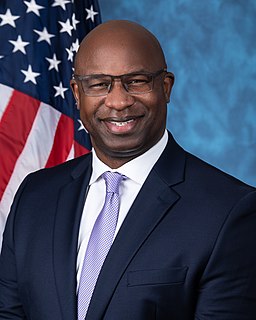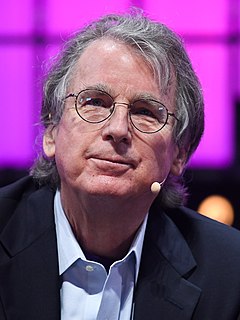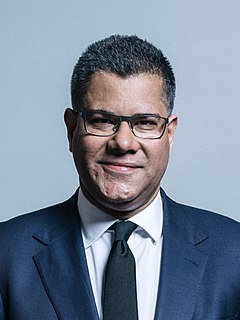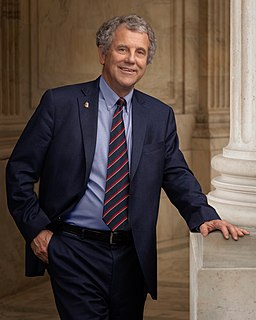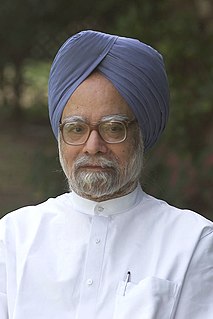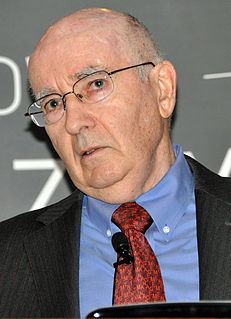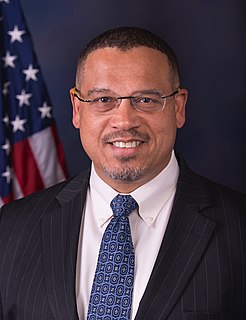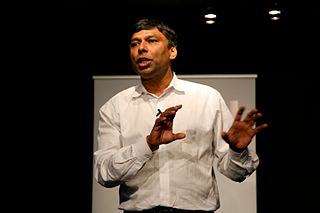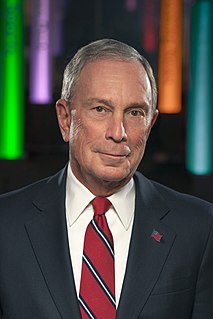A Quote by Mariana Mazzucato
Too many politicians seem to reach for 'infrastructure' as the default answer to investment, as if roads and bridges were the answer to everything. Even the IMF and the World Bank seem to mainly offer infrastructure spending as an alternative to austerity, although they are right to focus on the need for investment.
Related Quotes
Despite my deep misgivings about austerity and the harm it would do, I agreed to chair the national infrastructure commission under a Tory government, because I believed that delivering infrastructure investment could help build a brighter future for businesses and families. I am a pragmatist. I do what works.
I do believe that India needs a lot more foreign direct investment than we've got, and we should have the ambition to move in the same league many other countries in our neighborhood are moving. We may not be able to reach where the Chinese are today, but there is no reason why we should not think big about the role of foreign direct investment, particularly in the areas relating to infrastructure, where our needs for investment are very large. We need new initiatives, management skills, and I do believe that direct foreign investment can play a very important role.
Our infrastructure of bridges, roads and ports has been given a D-level rating by many civil engineer societies. The government should shift some money from the Defense budget and hire companies to fix our infrastructure. As for non-construction workers, we need to do job retraining in those growing areas where more skilled workers will be needed.
Many of the problems of poverty and need are really problems of physical infrastructure: not enough hospitals, too few schools, insufficient roads, bridges, and a lack of tools. This is what makes traditional philanthropy so daunting. You could build a thousand new hospitals in some parts of the world and barely make a difference.
You know, if you look back in the 1930s, the money went to infrastructure. The bridges, the municipal buildings, the roads, those were all built with stimulus money spent on infrastructure. This stimulus bill has fundamentally gone, started out with a $500 rebate check, remember. That went to buy flat-screen TVs made in China.

